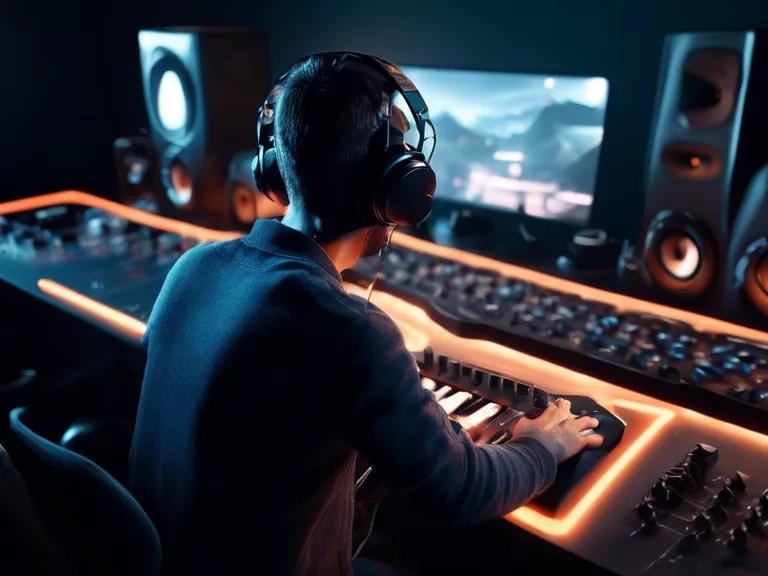
As video games become more advanced in terms of graphics and gameplay, sound design is crucial for creating an immersive and realistic experience for players. From environmental ambiance to character dialogue to sound effects, every aspect of game sound design plays a key role in enhancing the overall gaming experience. In this article, we will discuss how to optimize game sound design to create a truly immersive and realistic world for players to explore.
One of the first steps in optimizing game sound design is to start with high-quality audio assets. This includes using professional recording equipment, working with talented voice actors, and sourcing realistic sound effects. By starting with high-quality audio assets, game developers can ensure that the final product will sound crisp and immersive.
Next, it is important to consider spatial audio techniques when designing game sound. Spatial audio refers to the ability to create a sense of space and directionality in sound. This can include using techniques such as panning, volume, and reverberation to create a more realistic and dynamic audio environment for players.
Another key aspect of optimizing game sound design is to consider the context in which sounds are used. For example, the sound of footsteps may vary depending on the surface the character is walking on, or the sound of a gunshot may be amplified in an enclosed space. By considering these contextual factors, game developers can create a more realistic and immersive audio experience for players.
In conclusion, optimizing game sound design is essential for creating a truly immersive and realistic gaming experience. By starting with high-quality audio assets, using spatial audio techniques, and considering contextual factors, game developers can create a rich and dynamic audio environment that enhances the overall gaming experience for players.



